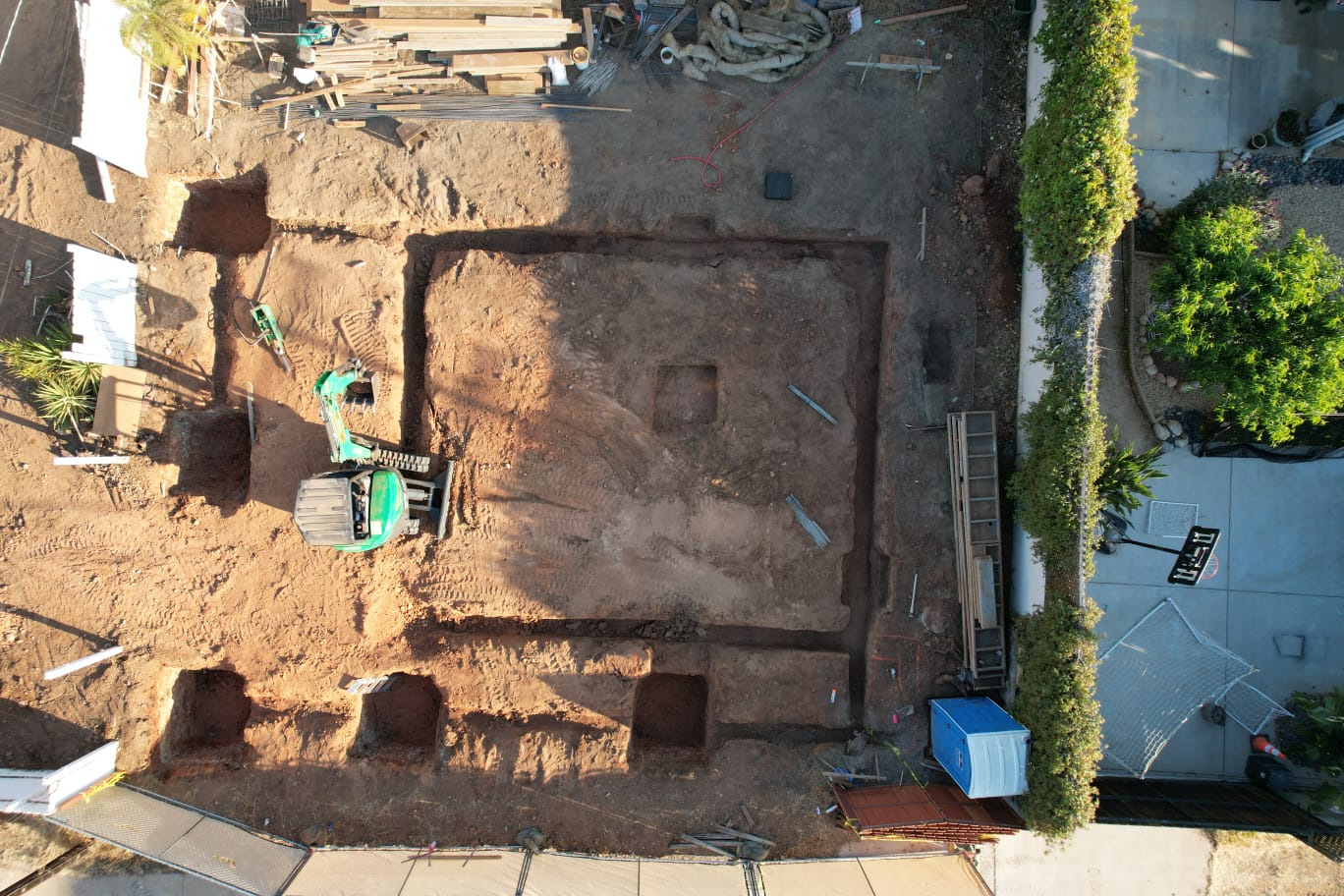Understanding SB9 and Two-Unit Development: A Comprehensive Overview
What is SB9 and How Does it Work?
Senate Bill 9 (SB9), also known as the HOME Act, was enacted by the State of California to address the housing crisis. SB9 allows actions in lots zoned as single-family residential, providing two significant options:
1. Duplex Conversion or Additional Single-Family Home: Homeowners can convert a single-family home to a duplex or add another single-family home to the lot without lot splitting. This offers a cost-effective alternative for adding units without the complexity of lot division.
2. Lot Split: SB9 permits splitting a lot into two parcels, allowing independent development or sale. The new lots must be of roughly equal size (at least 1,200 sq ft each), enabling the construction of a second home or the sale of the second lot. Unlike previous regulations, lot splitting under SB9 is now a “ministerial” action, requiring no discretionary hearing or review.
Number of Units Allowed:
SB9 allows up to four dwelling units on a property, including two primary units and one ADU for each primary unit. In some cases, lot splitting may enable a total of eight units, though city-specific restrictions apply.
Owner Occupancy Requirement:
SB9 mandates an owner occupancy requirement, requiring the homeowner to reside in one of the units on the lots for three years from the lot split or two-unit development approval. This measure aims to discourage investor speculation.
Tenant Protections:
SB9 prohibits lot splits on adjacent parcels by the same individual to prevent investor speculation. It also prevents eviction or displacement of tenants who have resided on the property for at least the past three years.
Residence Development After Lot Split:
After a lot split, homeowners must comply with local zoning requirements for developing another single-family residence or duplex. This includes adherence to height, floor area ratios, lot coverage, etc. The new unit must align with the neighborhood’s character.
Key Differences Between SB9 Lot Split and Adding ADUs:
1. Cost Implications: SB9 may involve significant costs, such as utility connections, which can be expensive. ADUs may have fewer utility-related expenses.
2. Owner Occupancy and Sale Restrictions: SB9 has an owner occupancy requirement and restrictions on individual unit sales. ADUs generally have fewer restrictions in this regard.
3. Character Compatibility: SB9 requires the new unit to be in character with the neighborhood, potentially leading to interpretation challenges. ADUs may have fewer neighborhood character considerations.
In summary, choosing between SB9 lot splitting and adding ADUs involves considering cost implications, owner occupancy requirements, tenant protections, neighborhood character, and other factors specific to your property and goals. It’s advisable to consult with professionals familiar with local regulations for informed decision-making.
Can you use SB9 to split a lot and also build an ADU?
Yes, you can use SB9 to split a lot and potentially build an ADU, but the ability to add an ADU on an SB9 split lot depends on local ordinances. Here’s an overview:
Per SB9 Wording: SB9 allows the splitting of lots, and ADUs are generally permitted on SB9 split lots unless a city explicitly prohibits it. The wording of SB9 specifies that “a local agency shall not be required to permit an accessory dwelling unit or junior accessory dwelling unit on parcels.”
City-Specific Regulations: The ability to use SB9 and add ADUs will vary from city to city. Some cities may allow homeowners to have a maximum of 8 total units (duplex + 2 ADUs on each lot) if local regulations permit up to 2 ADUs on lots with multifamily units.
City Examples:
In San Diego, an ordinance rolled back ADU laws on properties that have taken advantage of SB9, prohibiting the use of city’s ADU incentives on such properties.
In Oceanside, as of February 2022, the owner could split the lot and build two new SB9 units on the new lot or a primary with an ADU or JADU, as long as the combined total on both lots doesn’t exceed 4 dwelling units.
Assessing Options: It’s essential to assess options based on the specific regulations in your city. An integrated approach that combines in-house permitting, design, and general contracting expertise can help navigate the complexities of SB9 projects. This holistic model streamlines the process for homeowners considering SB9 as a viable option for property development plans.
If you’re interested in exploring your ADU options in more detail, setting up an appointment with experts can provide personalized guidance based on your property and local regulations. Keep in mind that the ADU space is continually evolving, and staying informed about the latest advancements is crucial for making informed decisions aligned with your goals.

